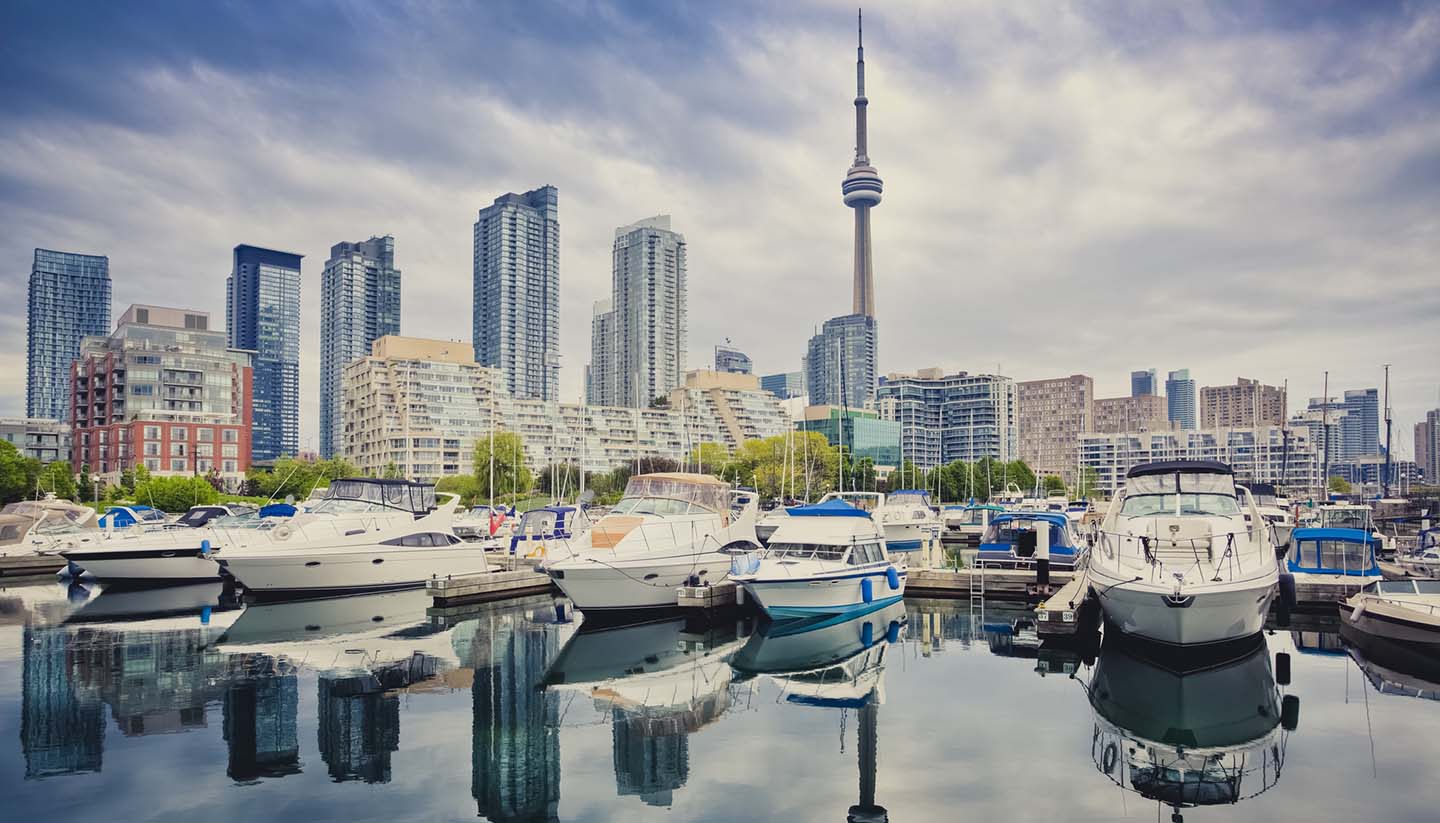Toronto History
Initially claimed by the French in the 18th century, it was not until the American Revolution caused hordes of United Empire Loyalists (loyal to the British) to escape to Toronto that the city became an established settlement.
Known then as York, the town was exceedingly British in character, functioning as the administrative capital of English-speaking Upper Canada and becoming a thriving manufacturing centre by the 19th century. In 1834 it was renamed Toronto, a Huron Indian word meaning 'meeting place', to distinguish it from neighbouring New York.
The next 100 years saw the city experience a growth explosion. Driven by a combination of immigration, high birth rates and burgeoning industry, the population increased from 30,000 in 1851 to over a million by the 1950s. Even when the Great Toronto Fire of 1904 decimated a huge area of downtown, the Torontonians simply rolled up their sleeves, rebuilt and continued to prosper.
As it continued to grow, the city began to develop an impressive reputation for industry and commerce. A railway arrived, linking Toronto to the Upper Great Lakes, and lenient laws led to the distillation industry expanding until Toronto became the largest centre of alcohol distillation in North America.
Despite this licentiousness, the Toronto of the 19th and early 20th centuries was a law-abiding city, where rules were made and rarely broken and where the overriding concern was making money. As such, Toronto gained a reputation as a conservative, boring enclave of Protestantism - a reputation that still dogs it to some extent today.
Towards the end of the 1950s, a surge in immigrant arrivals infused Toronto with new foods, new languages and, most importantly, new attitudes. Italians, Portuguese and Eastern Europeans arrived first, followed by immigrants from the Caribbean, Asia and India. They settled into what would become the city's great ethnic neighbourhoods - Greektown, Little Italy and Chinatown.
Today, Toronto is the hub of the nation's commercial, financial, industrial, and cultural life, and is the capital of the Province of Ontario.
Did you know?
• In December 1944, a whopping 52cm (20.5 inches) of snow fell in Toronto in just 24 hours.
• Marilyn Bell was the first person to swim across Lake Ontario in 1954.
• When the CN Tower opened in 1976, it was the world’s tallest freestanding structure.


